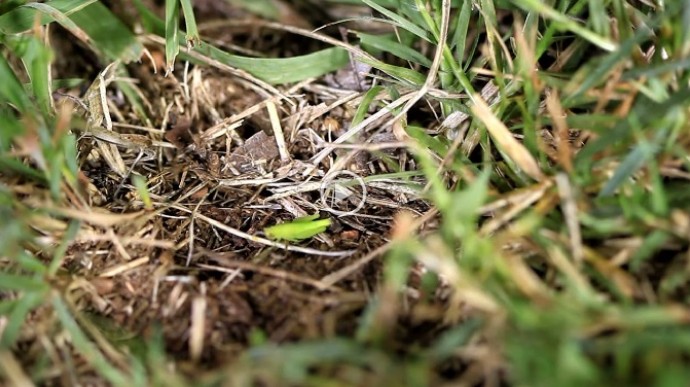 Video
Video
Watch carefully to see how a trapdoor spider catches its prey through its trapdoor.
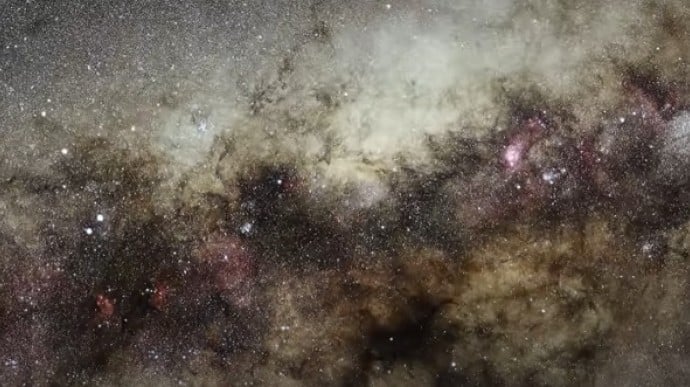 Video
Video
Watch as this video sequence zooms into the black hole (Sgr A*) at the centre of our galaxy. Beginning with a broad view of the Milky Way, we dive into the dense clouds of gas and dust at our galactic centre. The stars here have been observed with ESO’s Very Large Telescope and ESO’s Very Large Telescope Interferometer for decades, the black hole’s immense gravitational pull distorting...
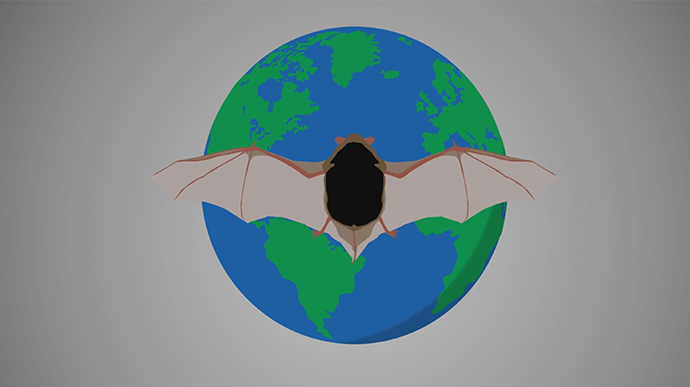 Video
Video
Researchers at the University of Pretoria are determining the threat posed to the ecosystem and that of human health as people expand their settlements closer to the natural habitats of bats. It is vital that bats are well protected. Ultimately, if bat populations decrease, humans will be affected.
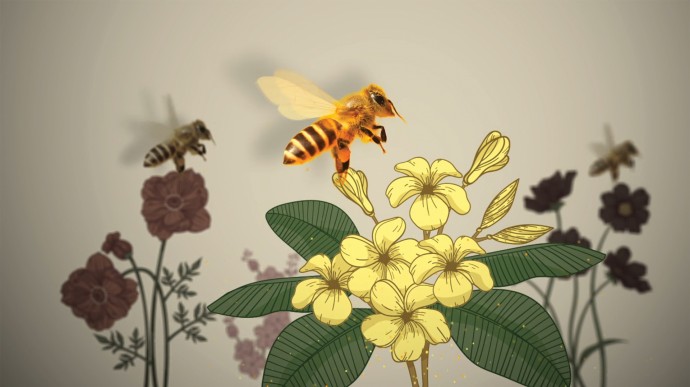 Video
Video
Once upon a time there was a world without bees, but we would not have liked this world. It was a dark world without flowering plants competing to attract buzzing bees for pollination—a world without colourful fruits and berries. Even after solitary bees emerged, it took many millennia before bees became social and a colourful and sweet world, a place with nectar, emerged.
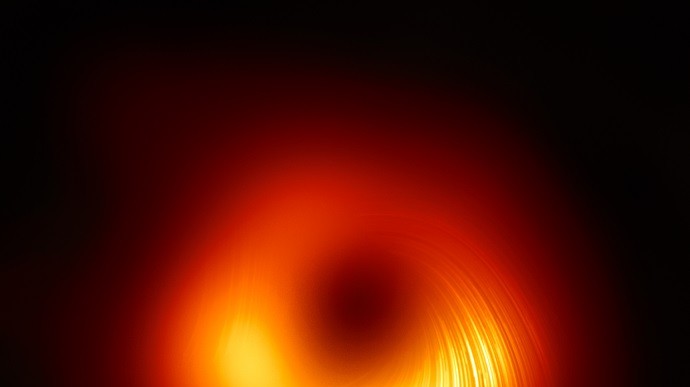 Video
Video
The Event Horizon Telescope (EHT) collaboration – which produced the first-ever image of a black hole and of which the University of Pretoria (UP) is an associate institute – has revealed a new view of the massive object at the centre of the M87 galaxy: what it looks like in polarised light.
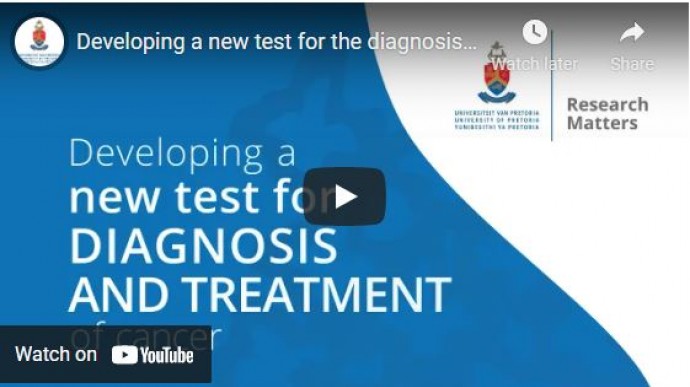 Video
Video
Professor Robert Millar and Dr Iman van den Bout, of the Centre for Neuroendocrinology in UP’s Faculty of Health Sciences explain their research into cutting-edge solutions for the diagnosis and treatment of prostate cancer and breast cancer respectively.
Copyright © University of Pretoria 2025. All rights reserved.
Get Social With Us
Download the UP Mobile App